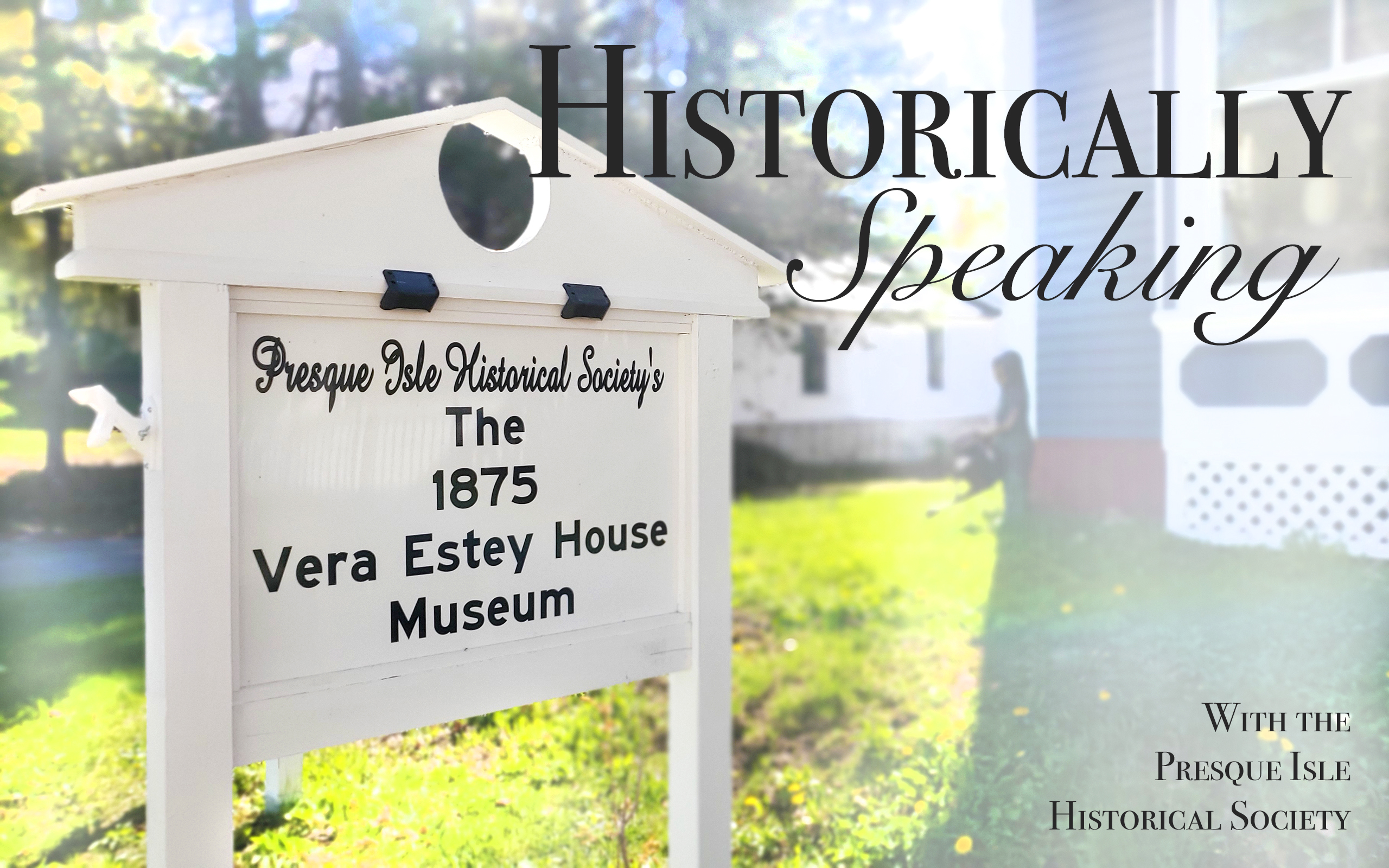Have you ever heard of phrenology? Phrenology originated in the latter parts of the 18th century due to a scientific theory by Viennese neuro-anatomist and physician Franz Joseph Gall (1758-1828). Gall put forth five basic principles of his theory.
The one that truly shaped the “science” of phrenology was that, since the skull took its shape from the brain, the surface of the skull could be read by feeling the bumps and indentures as a means of determining a person’s aptitudes and tendencies.
One of the foremost training schools for this practice was Fowler’s American Institute of Phrenology in New York. Phrenologists studied the heads of criminals and geniuses. This was done using plaster casts, hands-on examinations of the head, and by looking at skulls. Believe it or not, during the 1820s to 1840s, many employers would request a character reference from a phrenologist on prospective employees.
Phrenological theory was even used by a defense attorney in a prominent court trial in Portland in November 1834 (Maine v. Mitchell). Nine-year-old Major Mitchell was charged with maiming and assaulting an 8-year-old classmate. Mitchell allegedly lured his classmate to a field, beat him with sticks, attempted to drown him in a stream, and then castrated him with a piece of tin. His attorney argued that phrenology showed there was something wrong with his brain and sought leniency. Mitchell had been injured in a fall as a young child, damaging part of the brain which was known in phrenology as the “organ of destructiveness”. The attorney stated that since the injury was not his fault, the consequences could not be considered his fault either. Thank goodness that common sense prevailed as the judge threw the argument out.
There was something for everyone, regardless of one’s socio-economic class, to admire in phrenology. Although phrenology was popular in England, France and Germany, it was perhaps even more successful here in America. It was a good fit with the American Dream, giving hope that an individual could accomplish anything regardless of his or her beginnings.
In 1899, the Edwardian musical comedy “Florodora” opened. It had a long run in London and eventually opened in New York to become one of the first successful Broadway musicals of the 20th century with 552 performances. Words in the musical included, “You must choose your wife with phrenological care. For the realm beneath her bonnet has your future mapped upon it.”
Another reason for its popularity is the same reason many fads take root today. In the modern world, if a Hollywood celebrity takes up a cause, it gains popularity. In the Victorian era, the same could be said for royalty. The fact that Queen Victoria and Prince Albert both invited phrenologist George Combe to read their children’s heads appealed to the masses. By the 1840s, there were around 30 phrenological societies in London with over 1,000 members.
Perhaps the most common reason for its popularity was its entertainment value. In 1851, the Great Exhibition, one of the first in a series of World’s Fairs, was held in Hyde Park, London. Over 6 million people, roughly one-third of the population of Britain, visited the Crystal Palace, which showcased the culture and industry of the 19th century. It was organized by Prince Albert and visited by the queen and her family, thus lending great credibility.
Exhibitions and traveling lectures turned phrenology into a social movement. Phrenological lectures drew large crowds. Head readings were done at carnival side shows and in lecture halls throughout the U.S. In New York, a reading would set the believer back about $3, whereas in northern Maine a reading was 50 cents, or $1 if accompanied by a phrenology chart.
The concept of phrenology was spread mostly by traveling lecturers, even here in New England. These readings were advertised with some regularity in local Presque Isle newspapers. Advertisements for lecturers on phrenology appeared in the Presque Isle Sunrise, the Aroostook Herald and the Star Herald from 1873 to 1896, listing lecturers such as Professor L.C. Bateman (a “graduate from Fowler & Wells Phrenological Institute of New York”), Professor A.A. Drury. Dr. A.J.W. Peters and Professor Maclellan. These lectures were given in Presque Isle, Bridgewater and Sprague’s Mills at Grange halls and Masonic lodges.
Although phrenology was eventually debunked, it was popular enough to have generated idioms and phrases we still use. The origins of the phrase “he needs to have his head examined” can be traced back to this practice, and so can “highbrow,” “lowbrow” and “well rounded.”
Phrenology was basically discredited as a scientific theory when experiments by French scientist Marie-Jean-Pierre Flourens on the brains of animals showed that the loss of parts of the brain caused either no loss of function or the loss of a completely different function than indicated by Gall.
In America, Professor Thomas Sewell also rejected the theory. He argued that brain injuries did not affect bodily function in any of the ways predicted by phrenology. Author Ambrose Bierce also dealt a blow to phrenology in his satirical “Devil’s Dictionary,” in which he referred to phrenology as “the science of picking the pocket through the scalp.”
Kimberly R. Smith is the secretary/treasurer of the Presque Isle Historical Society.








